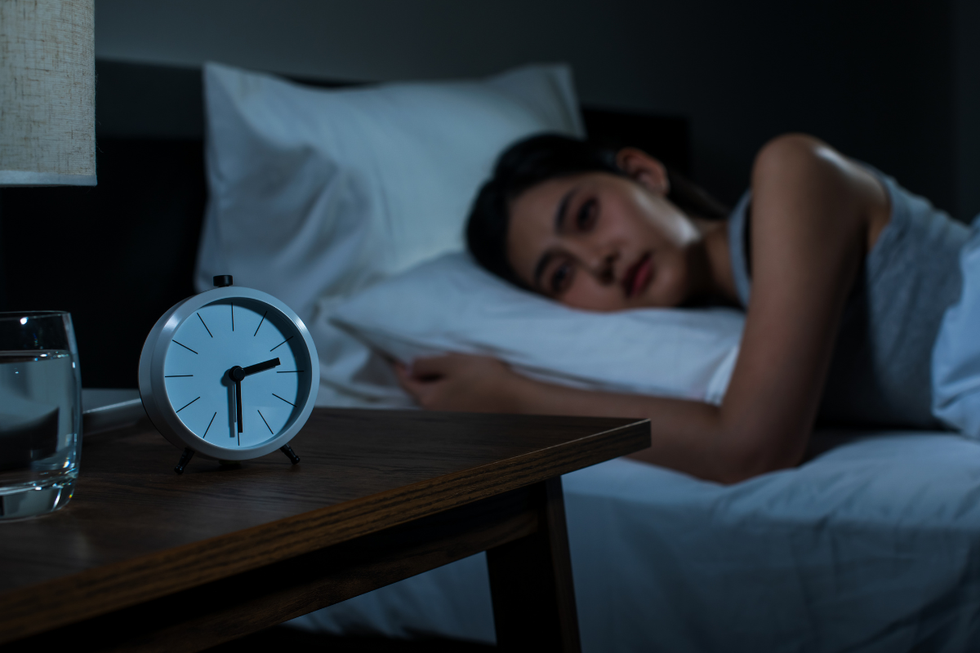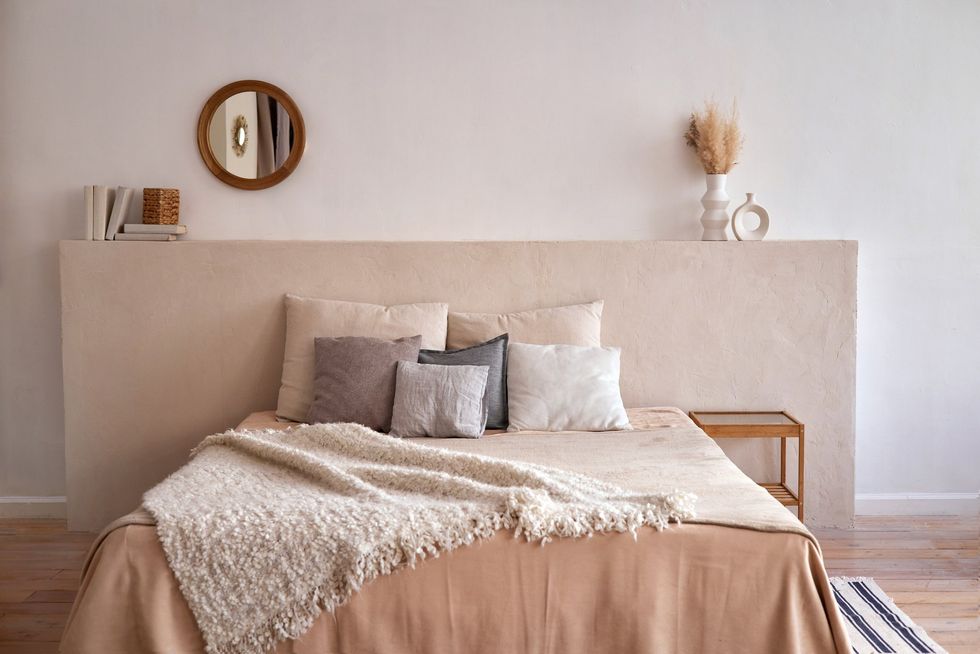Five ways your bedroom is ruining your sleep – 'Triggers wakefulness and stress hormones!'

Struggling to nod off or feeling tired and groggy in the morning? Interior design could be to blame
Don't Miss
Most Read
An inconsistent schedule, drinking too much coffee or alcohol, stress, and scrolling before bed can all negatively impact a person's sleep.
But could your home decor also be causing problems? According to Doctor Fox's Dr Deborah Lee, a poorly designed bedroom can wreak havoc on your slumber.
And what makes matters worse, the biggest culprits are all popular autumnal trends.
Thankfully, with a few easy fixes, your personal sanctuary can banish bedtime blues and facilitate a dreamy night's rest.
Working alongside Comfybedss, Dr Lee shared five ways your bedroom could be ruining your sleep quality (how well you sleep).
Moody, dark colour schemes from wall to ceiling
"Rich charcoals, forest greens, and inky blues are trending this autumn, frequently being used on walls, ceilings, and bedding.
"But while a darker palette can feel cocooning, overly saturated, low-reflectance schemes can make evening lighting even harsher, pushing people to use brighter lamps and screens to compensate, which is what we want to avoid.
"Keep deep tones on one or two surfaces and balance with warm-white, low-glare layered lighting, and choose matte finishes to reduce harsh reflections."

Can't sleep? Your bedroom's design scheme might be the issue
| GETTYStatement lighting with exposed bulbs
"Bare filament pendants and sculptural shades look great on social media, but often emit cooler, high-intensity light that suppresses melatonin in the hour before bed.
"Instead, use 2700K or below warm bulbs at night and fit dimmers. Aim the light downwards or onto walls, which will avoid direct eye-level glare from the bed."
LATEST SLEEP HACKS:

'The less clutter in the bedroom, the better' – so get rid of those extra cushions
|GETTY
Maximalist decor and over-styled surfaces
"Gallery walls, piles of cushions and busy patterns are on trend; however, the less clutter in the bedroom, the better. The brain stays on duty processing stimuli, making it harder to downshift.
"To fix this, edit the bedroom like a boutique hotel. Keep surfaces clear, store tech out of sight, and reserve bold patterns for a single accent such as a throw."

'Work cues and visible to-do lists trigger wakefulness and stress hormones'
|GETTY
Textured, 'natural' materials that trap dust
"Bouclé headboards, heavy wool rugs, and layered drapery add tactility, but they also harbour dust and allergens, which can irritate airways and fragment sleep.
"Opt for removable, washable covers, low-pile rugs and lined curtains. Also, ensure that you vacuum and launder textiles weekly, and consider a HEPA purifier if allergies flare."
Open-plan bedrooms with workspace zones
"Integrated desks and open clothing rails look airy, but work cues and visible to-do lists trigger wakefulness and stress hormones. Keep your office away from the bedroom and physically separate work from sleep.
"Use a screen, closed-door wardrobe, or cabinet for laptops and paperwork. If space is tight, pack work items away an hour before bed."
Revamped your bedroom and still can't doze off? Your commute to work might be the problem.
Our Standards: The GB News Editorial Charter











